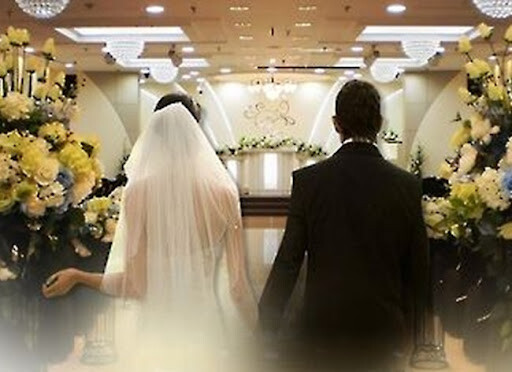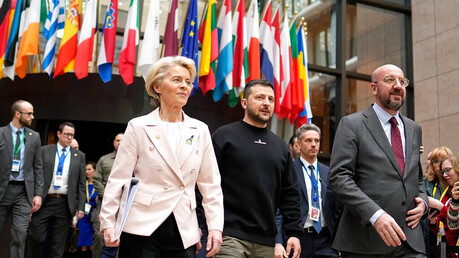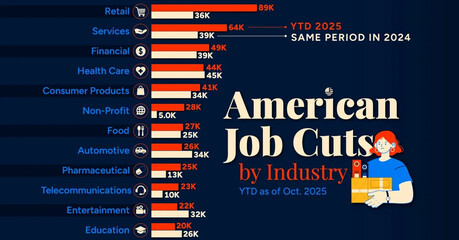
A significant shift is underway in South Korea's matrimonial landscape: late-life remarriage (often termed "sunset remarriage," or hwanghon jaehon in Korean) is experiencing a rapid surge, particularly among women. Statistics Korea reports that the number of older adults aged 65 and over remarrying reached an all-time high of 6,326 in 2024, marking a 70% increase from 3,741 in 2015. This growth contrasts sharply with the general decline in overall remarriage figures, which have been dropping since 2005. The trend is so pronounced that nearly one in ten remarriages is now a late-life union.
Women Lead the Remarriage Boom and Redefine Partner Preferences
The increase in late-life remarriage is especially dramatic for older women. The number of women aged 65 and over choosing to remarry increased 2.4 times over the decade, rising from 1,069 in 2015 to 2,430 in 2024. This represents an average annual growth rate of 8.6% for women, more than double the 3.8% rate for men during the same period. This trend suggests a fading of traditional social stigmas, empowering older women to pursue second marriages openly.
In a striking departure from historical norms, older women are increasingly preferring younger or same-age partners. A survey by a specialized matchmaking company, OnlyU, found that while about 60% of women aged 65 and over still consider older men, they generally favor men their own age or younger.
The criteria for choosing a partner have also become more personal and less conventional:
Women's Preferences: Appearance is the most significant factor, with women rejecting partners who are short, look old for their age, have a frail physique, or are obese. They also prioritize a man's personality, seeking partners who are warm, affectionate, considerate, and not authoritarian or '꼰대' (a Korean term for a condescending, older person). An OnlyU representative noted that this preference for younger men reflects a desire for a friend-like, reciprocal relationship without formality.
Men's Preferences: Older men, who still account for the majority of late-life remarriages (3,896 in 2024), tend to prioritize their potential spouse's economic stability. They largely prefer women who are debt-free, have a stable income (such as a pension or rental income), or are currently working, reflecting a desire for a partner who can supplement their finances, which may have been diminished by divorce settlements.
Motivations for Late-Life Remarriage
Beyond personal attraction and financial stability, older adults cite several key reasons for pursuing remarriage:
Escape from Monotonous Life: A desire to break free from the loneliness or emotional void of single life in their senior years.
Addressing Insecure Later Years: Remarriage is seen as a way to establish a support system and address anxieties about aging alone.
Social and Emotional Connection: Seeking a partner with whom to share joys and sorrows and establish social support.
Future Outlook: A Growing Market
With South Korea's population aging at one of the fastest rates globally, the overall trend of late-life remarriage is projected to continue its upward trajectory. If the current growth rate persists, the annual number of older adults choosing late-life remarriage is expected to reach 10,000 by 2030, firmly cementing this phenomenon as a major socio-demographic characteristic of the super-aged society. This shift reflects broader societal changes where age is becoming a less rigid factor in defining life choices, and personal fulfillment takes precedence even in one's twilight years.
[Copyright (c) Global Economic Times. All Rights Reserved.]




























